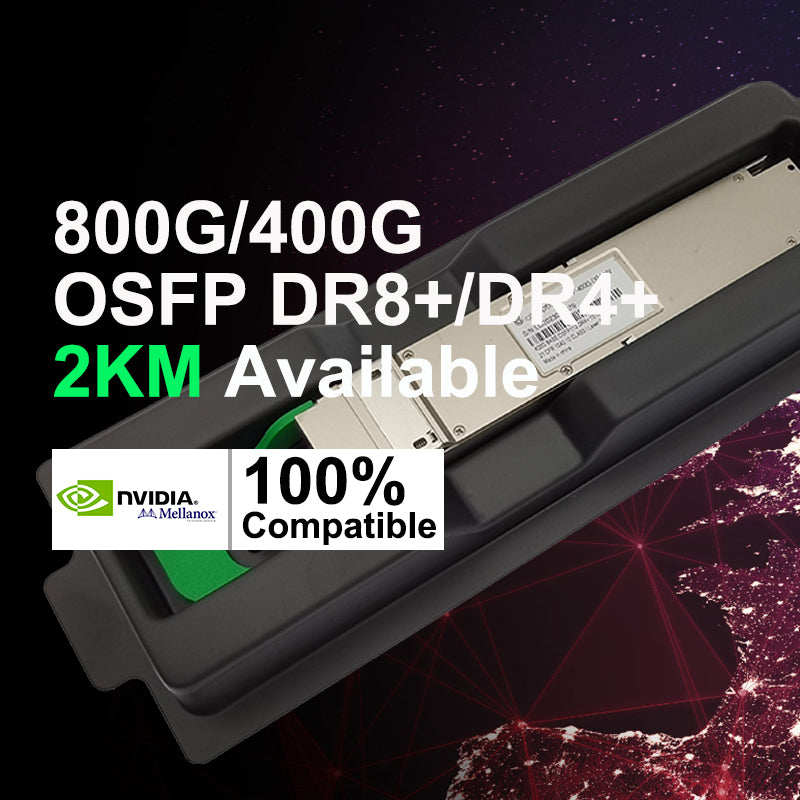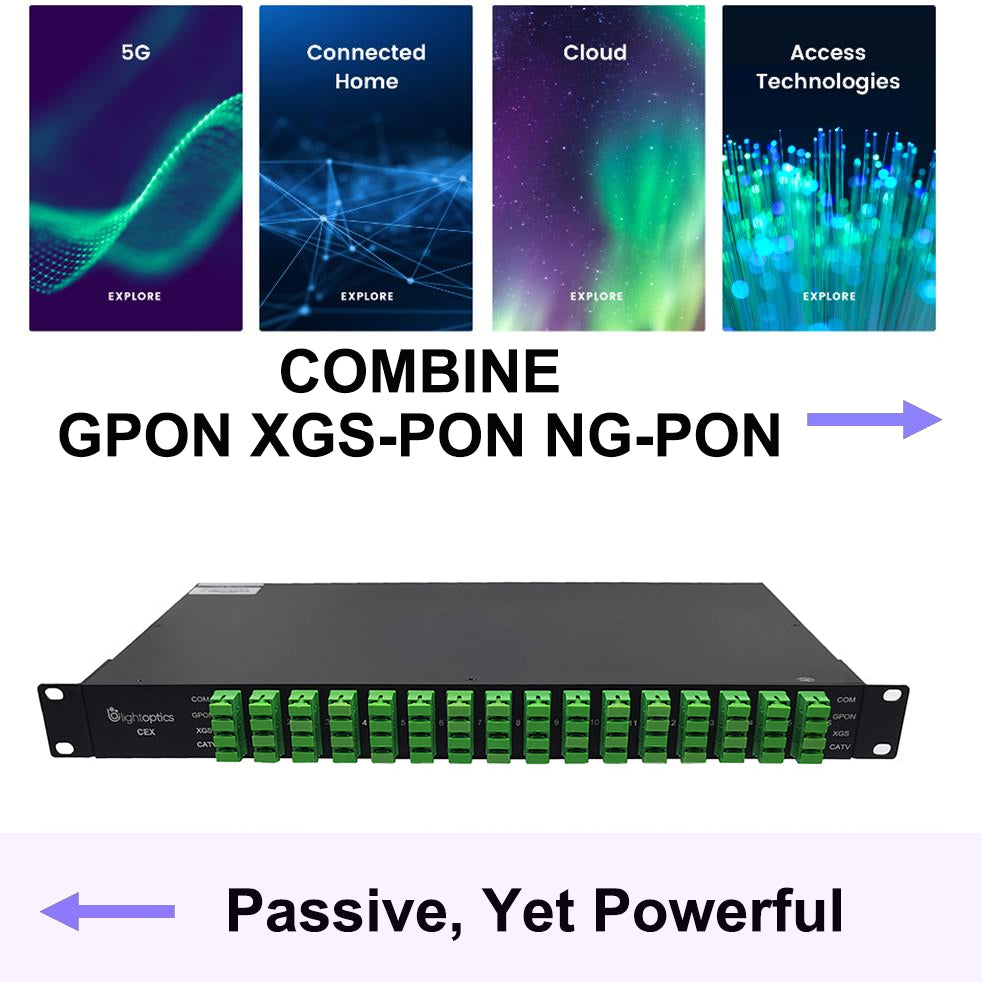Wall Plates: Fixed-Design vs. Modular Wall Plate
Wall Plates: Fixed-Design vs. Modular Wall Plate
As wall plates are one of the most visible components of a structured network cabling system, the various manufacturers have produced a huge variety of different designs, styles, and colors to help these essential components be an aesthetically pleasing addition to your workspaces.
Wall plates are flat metal plates that are made from plastic or metal and are generally placed on the walls throughout a building, though they can also be mounted on the ceilings or floors.
They have one or more connector outlets within them that are called jacks and the purpose of a wall plate is to connect an individual workstation to the network cabling system.
Types Of Wall Plates
Network wall plates serve as one of the basic components of a structured cabling system, which are usually placed near a workstation. Just as its name indicates, a wall plate is a flat plastic or metal plate that generally mounts in or on a wall. Some of the wall plates can even be mounted on floors and ceilings. Wall plates commonly include one or more jacks, here the jack is the connector outlet in the wall plates that allows a workstation to make a physical and electrical connection to the network cabling system. There exist two configurations of wall plates: fixed-design and modular wall plate, let’s see how to choose between them.
Location Of Wall Plates
When deciding where to have your wall plates located you want them near to your workstations, but they also have to be close enough so that the wiring conforms to the ANSI/-TIA/EIA-568-B standard. Also, make sure that the wall-plates are nowhere near ant heating sources as these could cause damage to the connectors.
Vertical Position
In residential properties, you can have wall plates in practically any vertical position as long as it conforms to the National Electrical Code in regards to the height of the wall plates. The standards laid out for commercial properties by the NEC are a little more stringent though.
Horizontal Position
Horizontal wall plates need to be positioned near the equipment within the work area that will be utilizing them and standards require that cables should be no more than 5 meters. Also, horizontal wall plates cannot be placed in any stud cavity if it already has an electrical wall box.
Fixed-Design or Modular Wall Plate Description
Before installing a wall plate, one decision you have to make is whether to choose a fixed-design or modular wall plate.
Fixed-design wall plate has multiple jacks that are molded as part of the wall plate, which means you cannot remove the jacket and replace it with a different type of connector. Fixed-design wall plates are cheap and simple to install, so they are usually used in telephone applications. However, they have limited flexibility since their configuration cannot be changed. Moreover, it is not compatible with high-speed networking systems.
Modular wall plates are generic and have multiple jack locations. In a modular wall plate system, this kind of plate is often referred to as a faceplate: unless it has its jackets installed, it’s not a wall plate. Jacks for each faceplate are purchased separately from the wall plates. When using modular wall plates, remember to use the jacks designed for that wall plate system. Because jacks from different wall plate systems are not interchangeable.
Considerations When Choosing Fixed-Design Wall Plate
Before choosing a specific fixed-design wall plate for your cabling system, there are at least three factors you should take into consideration: the number of jacks, types of jacks, and labeling.
Number of Jacks: Because fixed-design wall plates have their jacks molded into the faceplate assembly, the number of jacks that can fit into the faceplate is limited (mostly one or two jacks). They are usually in a configuration with one jack above the other. Additionally, most fixed-design wall plates are for UTP or coaxial copper cable only.
Types of Jacks: Fixed-design wall plates can accommodate a wide variety of jacks for different types of data-communications media. However, you cannot change a wall plate’s configuration once it is in place. The most common configuration of a fixed-design wall plate is the single six-position (RJ-11) or eight-position (RJ-45) jack, which is most often used for home or office telephone connections.
Labeling: It is rather important to label fixed-design wall plates so that you can distinguish one connection from another. You may find labeling extremely helpful when troubleshooting. Meanwhile, although some jacks look the same, they may be used for a completely different purpose. So it is beneficial to label which is which for better maintenance and easier identification. The most prevalent method for labeling is using adhesive-backed stickers or labels of some kind.
Considerations When Choosing Modular Wall Plate
Modular wall plates have individual components that can be installed in varying configurations depending on your cabling needs. Just like fixed-design wall plates, you have to account for these three factors when making your choice: number of jacks, types of jacks, and labeling.
Number of Jacks: When using modular wall plates you firstly have to decide how many jacks you want in each wall plate. Jacks on modular wall plates can be either side by side or over and under. Modular plates come in a couple of different sizes, and the number of jacks a plate can hold is based on the size of the plate. They are available with single-gang (smallest size), double-gang, triple- and quad-gang plates. Generally, a single-gang wall plate can accommodate at most six jacks.
Types of Jacks: As the most common type of wall plate used for data cabling, modular wall plates have the widest variety of jack tapes available. All the jacks available today differ based on a few parameters, including the following: wall plate system type, cable connection, jack orientation, and TIA 568B wiring pattern.
Labeling: Just like fixed-design wall plates, modular wall plates use labels to distinguish the different jacks by their purpose. Modular wall plates have the widest variety of labels—varied colors and styles of labeling. However, as with fixed-design plates, the labels are either text or pictures of their intended use, perhaps permanently molded in the plate or on the jack.
Ways To Mount Wall-Plates
When you have decided on the position of your wall plates you need to also decide which type of wall mounting system you are going to use and the three main ones are cut-in plates, outlet boxes, and surface-mount outlet boxes.
Outlet boxes
Outlet boxes are just basic box made out of plastic or metal that is attached to a stud and allows the wall plate to be screwed onto it. These are the commonest type of wall-mounting system used within commercial buildings and generally use one of the types of conduit to hold the cabling.
Cut-in plates
If you need to add a new wall plate but do not have direct access to the studs, due to the drywalls being in place, you would need to cut a hole in the wall and use a type of cut-in mounting plate. There are two different types of cut-in plates and they are remodeling boxes and cover-plate mounting brackets.
Remodel Boxes are made of plastic or metal and are similar to outlet boxes just a bit smaller and can be easily inserted into dry walls. They come with a template to cut the right-sized hole in the wall and are held secure by either using friction tabs or screwing them to the wall.
With cover-plate mounting brackets, you can mount a wall plate without having to use an outlet box and only have to cut small holes. Cover-plate mounting brackets also known as cheater brackets are made from steel or aluminum and have flexible tabs that you just push into the small pre-cut holes.
The tabs then fold over in the hole and securely hold the bracket to the drywall. Some types of brackets let you put screws through the front and each of the tabs to make them more secure. Plus there are mounting brackets available that have a kind of ratchet device which grips the bracket securely in place.
Surface-mount outlet boxes
This type of mounting system is generally used on solid walls where it is either not possible or very difficult to run the cables inside. Surface-mount boxes are mounted on the wall with either screws or adhesive and are used with raceways that hold the cable. They are not the best solution though as they generally look cheap and ugly, but sometimes they are the only option to use.
Conclusion
Serving as a visible component and an essential part of a structured cabling system, the importance of wall plates cannot be underestimated. In this article, we have reviewed three factors concerning whether to choose fixed-design or modular wall plates. So when it comes to having your data network cabling system installed you have a variety of different makes, designs, and types of wall plates that you can choose from and they can even perfectly complement your office decor.
As with any other component of the system, you do need to know and take into account the different building standards when having them installed, so it is always a good idea to have a professional installer do the job. Hope this would be helpful for you to choose the optimum wall plate.












